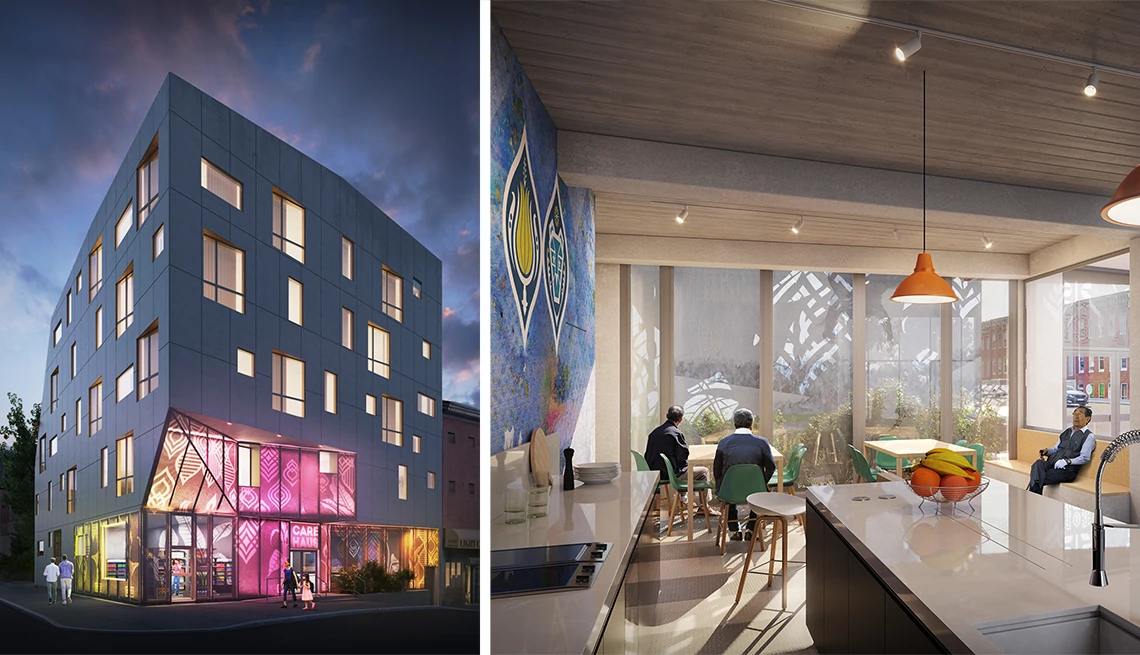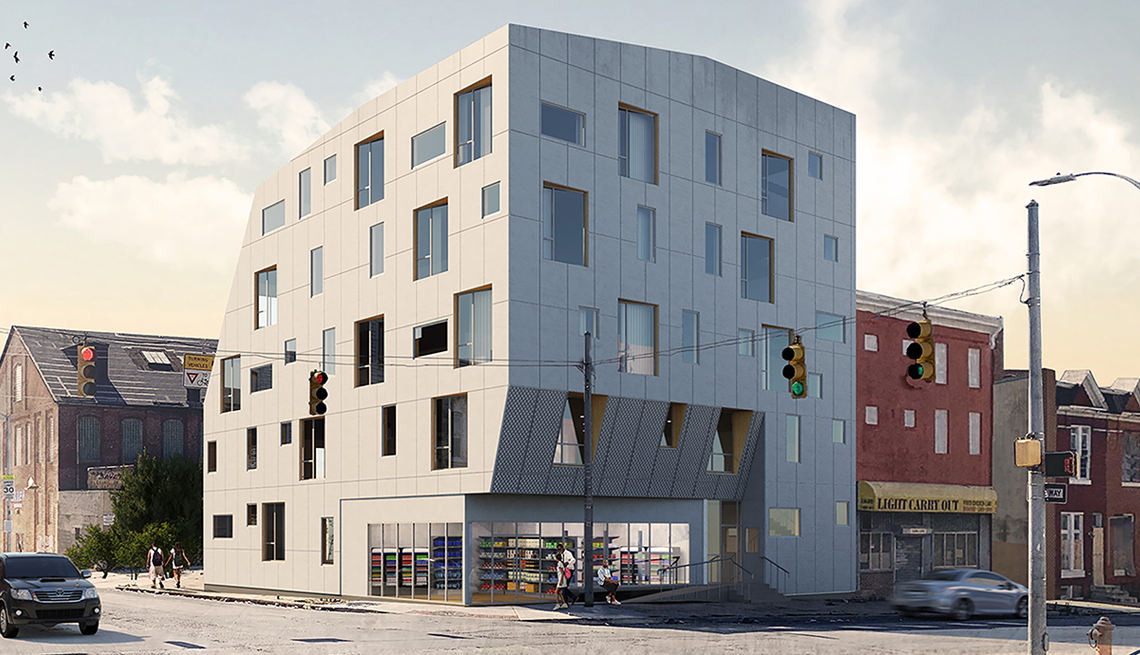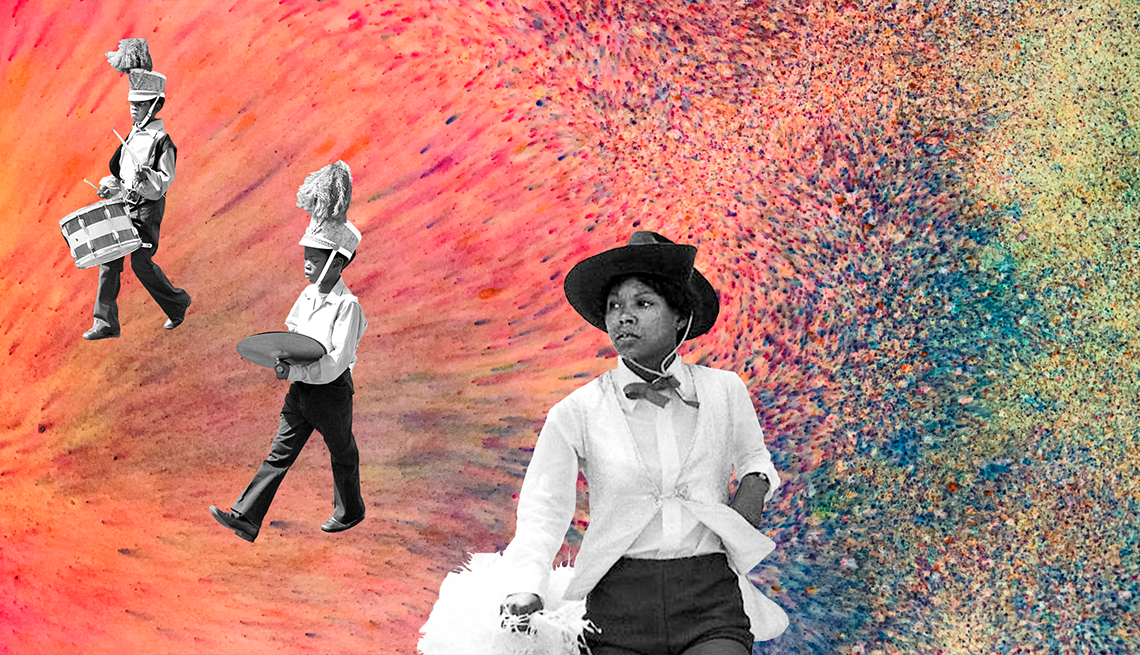AARP Hearing Center


What would it be like to be a well-paid professional caregiver who lives with your family — a spouse or young kids, perhaps — in a beautiful building alongside older adults who receive your care?
That’s the concept behind Carehaus, a groundbreaking care-based cohousing community in Baltimore’s Johnston Square neighborhood that is slated to commence construction this summer. Older adults, some low-income and disabled, will live alongside caregivers and the caregivers’ families, sharing rich programming, utilities and meals.
Inventive independent living
At a time when there is a rising shortage of affordable housing for older adults, increased social isolation, limited interaction between generations, low pay and high turnover for caregivers, and eye-popping prices for traditional senior living communities, Carehaus’ intergenerational housing model is unique. To attract and retain professional caregivers, salaries will be above industry standards and include subsidized meals and housing, with no worrying about a long commute or family back home. Colleagues can help, too, with lifting a heavy client, for instance, or with childcare.
The five-story building, sited on an abandoned corner lot in an underserved community, is designed to encourage people of all ages to socialize. Every floor will have a common room or shared space for specific activities and informal conversation as well as outdoor terraces that connect to one another.
While each of the 21 units will have a small kitchen, there will be a large space on the first floor where residents can share meals or cook communally.
At times, that common space and adjacent courtyard will be open to people from the neighborhood. Also on tap will be either a public café or a community health center. This means more people for residents to meet and an inviting new space that is inclusive for those nearby.
“One of the social determinants of health is social interaction,” says Caitlin Coyle, director of the Center for Social and Demographic Research on Aging at UMass Boston’s Gerontology Institute. “It sounds like Carehaus is creating an environment for all residents to have that ongoing social interaction and an opportunity to create a sense of community within the building.” That cohesion, the thought goes, could allow residents to stay healthier longer.
Coyle also sees the advantages of having caregivers, their families and older adults live together. “It creates closer, more familial relationships and therefore enriches the caregiving experience on both sides,” says Coyle. “People talk about family caregivers and professional caregivers, and this is a situation where those two versions of caregiving come together.”


Making Carehaus a neighborhood anchor
The project was conceived by Massachusetts Institute of Technology (MIT) alumna and fellow Marisa Morán Jahn. For more than 14 years, the award-winning artist has advocated for caregivers and created public art with them about their working conditions.
“The institutional environment doesn’t support the needs of caregivers and contributes to their high turnover rate,” Jahn, 47, says. At the same time, “when most of us think about senior care and housing in the U.S., it’s the last place where we would want to go,” she adds. “I wanted to design a beautiful building that dignifies care for both.”




































































More From AARP
Dementia Caregiver's Guide: Tips for Unique Challenges
The latest research on dementia, plus tips for caregivers to keep your loved ones with Alzheimer's or dementia safe and happyMake Life Easier with These 25 Practical Tips
Try these life hacks to save time and simplify your day
Find the Right Home Health Aide for Your Loved One
What to look for and how to hire someone to care for family at homeRecommended for You